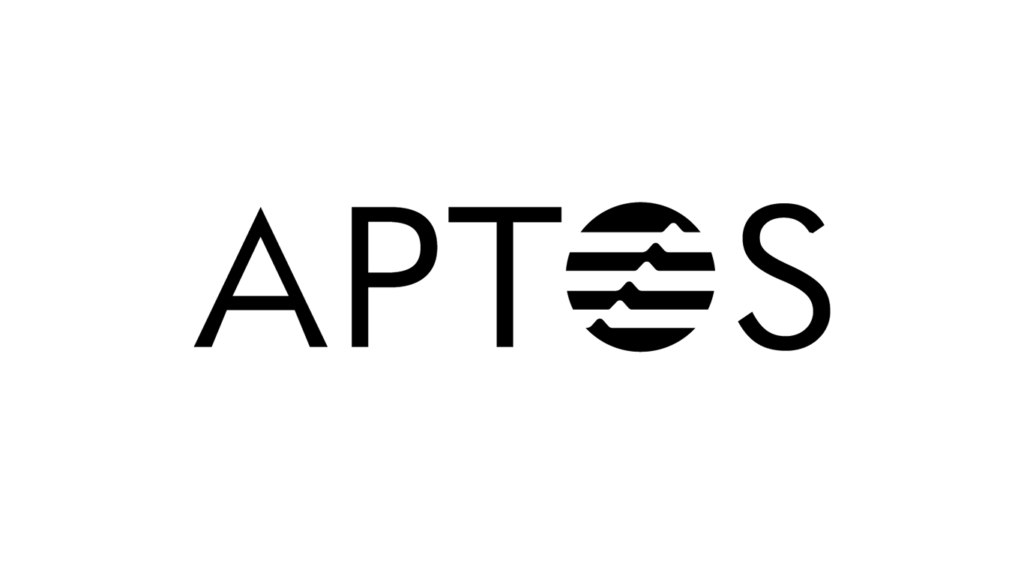The surge of decentralized finance (DeFi) and non-fungible tokens (NFTs) has drawn
substantial attention to the Ethereum blockchain, the primary platform for smart contracts.
However, Ethereum’s scalability issues, like low transaction throughput and high gas fees,
have posed significant challenges for users. To combat these issues, several layer-2 scaling
solutions emerged, including Polygon, Optimism, Arbitrum, and Immutable X. Among these,
zkSync stands out as a mainstream scaling technology, enhancing Ethereum’s scalability by
offloading transactions from the mainnet while submitting transaction data on layer 1. This
guide aims to provide a detailed overview of the zkSync ecosystem, encompassing its
history, status, advantages, disadvantages, DApps operating on zkSync, and prospects.

History of zkSync:
Zero-knowledge Rollups (zkRollups) were developed by Germany-based Matter Labs in 2020, capable of handling up to 3000 transactions per second (TPS). As the network expanded, Matter Labs introduced a zkEVM testnet in 2021, marking zkSync as the first zkRollup to execute Ethereum native smart contracts. With zkPorter, a sharding solution intended to elevate throughput from 3000 TPS to 20,000 TPS, Ethereum’s scaling potential could leap from 3000 to 20,000 TPS.Current State of zkSync:
While zkSync presently lacks its native token, investors anticipate potential offerings from its zero-knowledge proof systems. For instance, zkSync might introduce tokens for investors to stake and become zkSync network validators. The company hinted at a zkSync airdrop for users and loyal supporters. Notably, zkSync’s fee support is user-friendly, allowing payment with alternative cryptocurrencies like stablecoins such as Tether. Moreover, transaction times on zkSync are notably shorter, with funds taking approximately three hours to appear in users’ accounts post withdrawal. Additionally, zkSync transaction fees are significantly lower, estimated at roughly RMB 1.5 compared to approximately RMB 75 on the Ethereum mainnet.Advantages and Disadvantages of zkSync:
zkSync’s foremost advantage lies in its faster speed and the elimination of typical gas fees, a significant hurdle in Ethereum transactions. Additionally, zkSync’s technology enhances privacy. However, the lack of synchronization for major wallets and exchanges supporting layer-2 networks poses a risk. Users might inadvertently send transactions meant for exchanges to layer 2, potentially resulting in irreversible transaction losses. Moreover, zkSync faces complexity risks due to general EVM support, still in its developmental stages. These intricacies during transaction processing and the challenge of generating proofs pose significant hurdles.DApps Running on zkSync:
Major DApps utilizing zkSync include Curve Finance, Yearn Finance, Taker Protocol, Argent wallet provider, and the ZigZag decentralized exchange (DEX). These DApps are already operational on trustless layer-2 protocols like zkSync, surpassing initial expectations for zk-Rollup development. Eventually, Ethereum will serve as a data availability layer for these L2 technologies.Prospects for zkSync:
The question of zero-knowledge proof systems’ reliability as a long-term utility within Ethereum’s enduring significance remains. Nevertheless, zkSync holds the potential to streamline Ethereum transactions, making them more efficient and cost-effective. Several DApps are already functioning on trustworthy layer-2 protocols like zkSync. This acceleration in zk-Rollup development suggests a faster-than-expected pace. Ultimately, Ethereum will serve as a data availability layer for these L2 technologies.Disclaimer
Remember, investing in cryptocurrencies involves risks, and it’s important to conduct thorough research and seek professional advice before making any financial decisions. (Please keep in mind that this post is solely for informative purposes and should not be construed as financial or investment advice.)
FAQ
What is DeFI?
DeFI stands for decentralized finance, offering open and accessible financial systems built on blockchain technology.
What is yield farming?
Yield farming involves earning interest by lending or staking cryptocurrencies.
What is layer 1 versus layer 2?
Layer 1 blockchains are the primary networks (e.g., Ethereum), while layer 2 blockchains scale and improve performance on top of them.


